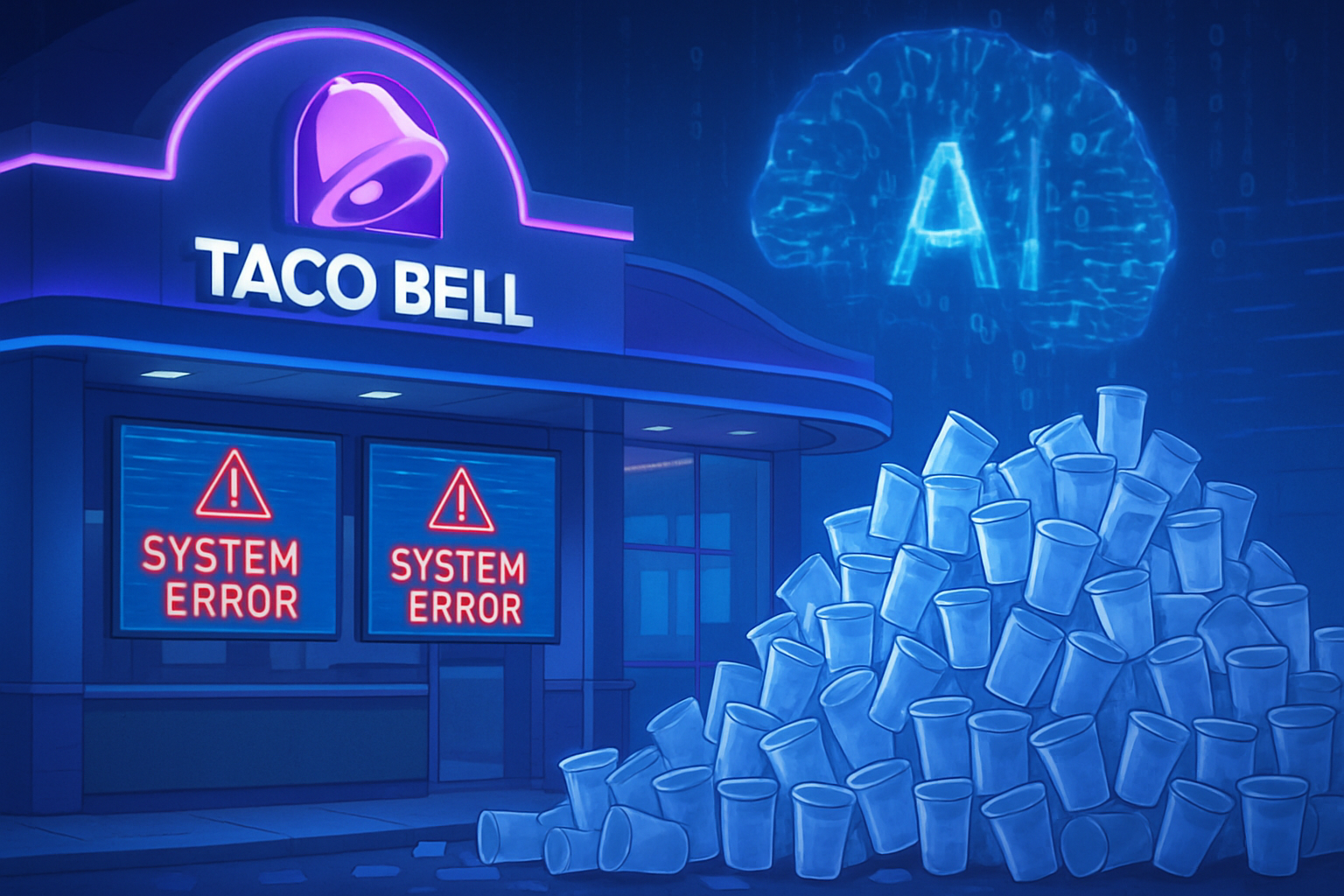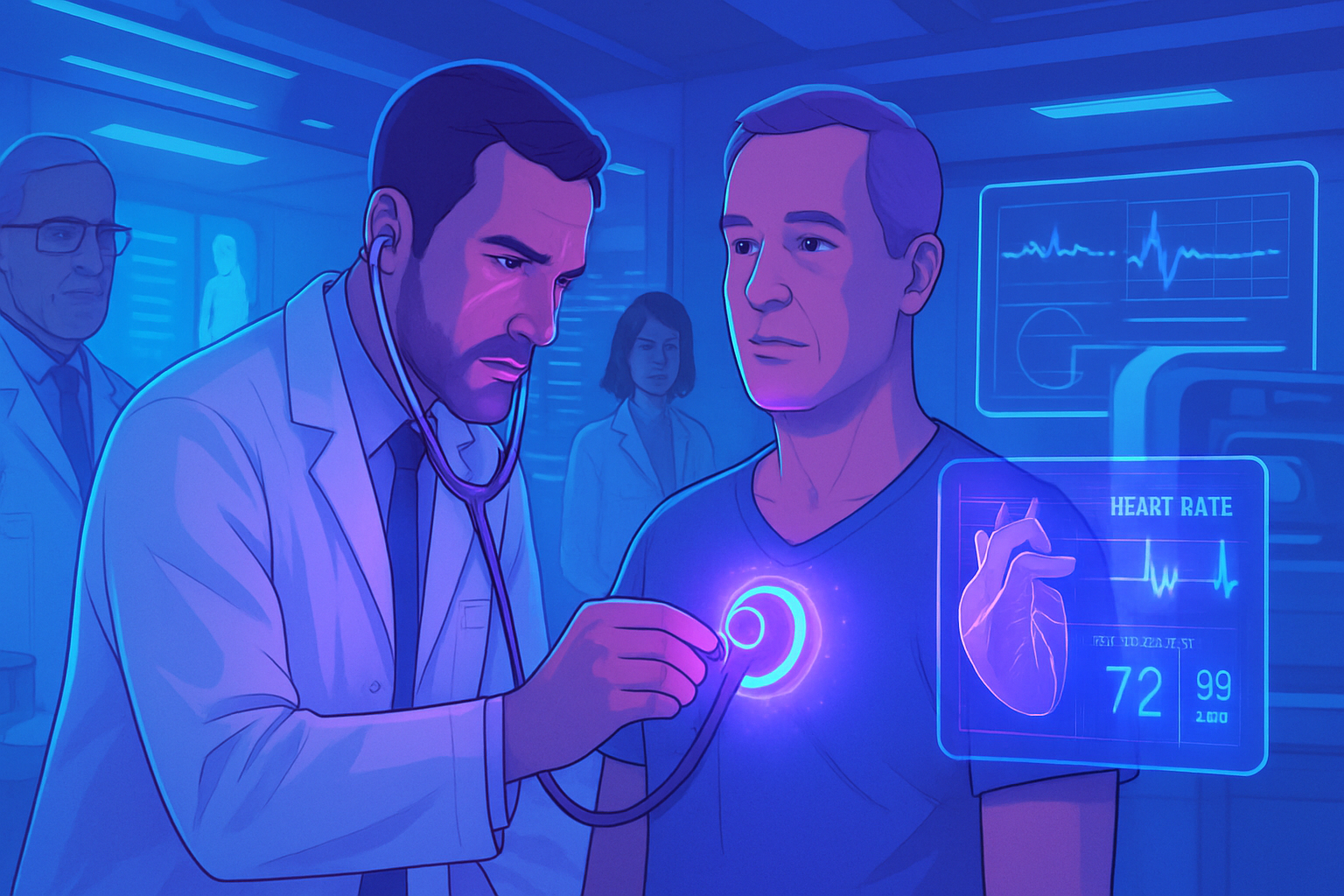The emergence of artificial intelligence (AI) raises fundamental questions regarding its regulation. The European Union puts forward an ambitious project, establishing global standards for AI models. This regulatory framework, the result of collaboration among various stakeholders, aims to protect fundamental rights and ensure transparency of artificial intelligence systems. The economic, ethical, and societal stakes related to this technology are becoming more complex, necessitating a methodical approach to avoid potential pitfalls.
The regulatory project, titled “First Draft of the Code of Practice for General AI”, materializes the European Union’s (EU) commitment to designing a comprehensive regulatory framework for general-purpose artificial intelligence models. This document is part of a collective effort, benefiting from contributions from various sectors, including industry, academia, and civil society.
Objectives of the project
This draft aims to establish clear guidelines to ensure compliance and safety of AI systems. The main objectives include:
- Clarification of compliance methods for general AI model providers.
- Facilitation of understanding throughout the AI value chain.
- Assurance of compliance with EU copyright law.
- Continuous assessment of the systemic risks associated with AI models.
Risk management framework
The project introduces a taxonomy of systemic risks, identifying their types, natures, and sources. This classification includes threats such as cyberattacks, biological risks, loss of control over autonomous AIs, and large-scale misinformation. Recognizing the evolving nature of AI technology, the draft will need to be updated regularly.
In light of the rise of AI models presenting systemic risks, the draft advocates for the development of robust safety frameworks (SSF). These specify a hierarchy of measures and performance indicators tailored to ensure adequate risk identification and mitigation throughout a model’s lifecycle.
Stakeholder participation
Working groups actively solicit stakeholder participation to refine the project. Feedback and suggestions will help shape a regulatory framework that promotes innovation while protecting society from potential pitfalls related to AI.
Harmonization with the European legal framework
This project is in accordance with existing legislation, such as the Charter of Fundamental Rights of the European Union. The draft particularly considers international approaches while aiming for a risk-based alignment, thereby ensuring its relevance in the face of rapid technological developments.
Feedback process and deadlines
The project is currently in the consultation phase, and stakeholders can submit their written feedback until November 28, 2024. Necessary revisions will be integrated before the finalization of the code of practice, which the EU is expected to implement by May 1, 2025, in accordance with the requirements of the EU AI Regulation.
This regulatory act could ultimately establish standards for the responsible development and deployment of AI models globally. The central idea remains to build a regulatory environment conducive to innovation while ensuring a high protection of fundamental rights and consumers.
FAQs about the EU regulation project for artificial intelligence models
What is the EU regulation project for artificial intelligence?
The EU regulation project aims to establish guidelines and requirements for generic artificial intelligence models to ensure their safety, transparency, and compliance with fundamental rights. It is a pioneering legal framework intending to regulate the use of AI in Europe.
What are the main objectives of this regulation project?
The main objectives include clarifying compliance methods for AI model providers, improving understanding throughout the AI value chain, and ensuring compliance with copyright law, especially concerning model training.
How does the project address systemic risks related to AI?
The project includes a taxonomy of systemic risks, identifying various types of threats such as cyberattacks, biological risks, and misinformation. It also proposes robust safety measures to mitigate these risks during the lifecycle of the models.
What is the timeline for the implementation of this legislation?
The project is to be finalized by May 1, 2025, in accordance with the EU AI regulation, which came into effect on August 1, 2024. Some aspects may already be applied as early as 2026.
Who is involved in the development of this regulation project?
The project has been developed by specialized working groups that integrate contributions from various sectors, including industry, academia, and civil society.
How can businesses participate in this regulatory process?
Stakeholders are invited to provide written feedback on the project until November 28, 2024, allowing them to help shape the final regulatory framework.
What impact will this regulation project have on innovation in the field of AI?
The project aims to establish a regulatory environment that encourages innovation while protecting society from AI-related risks, thereby fostering responsible development of AI technologies.
What is the role of the European Commission in this regulatory framework?
The European Commission leads the initiative, ensuring that the project complies with existing laws, particularly the Charter of Fundamental Rights, and maintaining a balanced approach to rapid technological changes.






